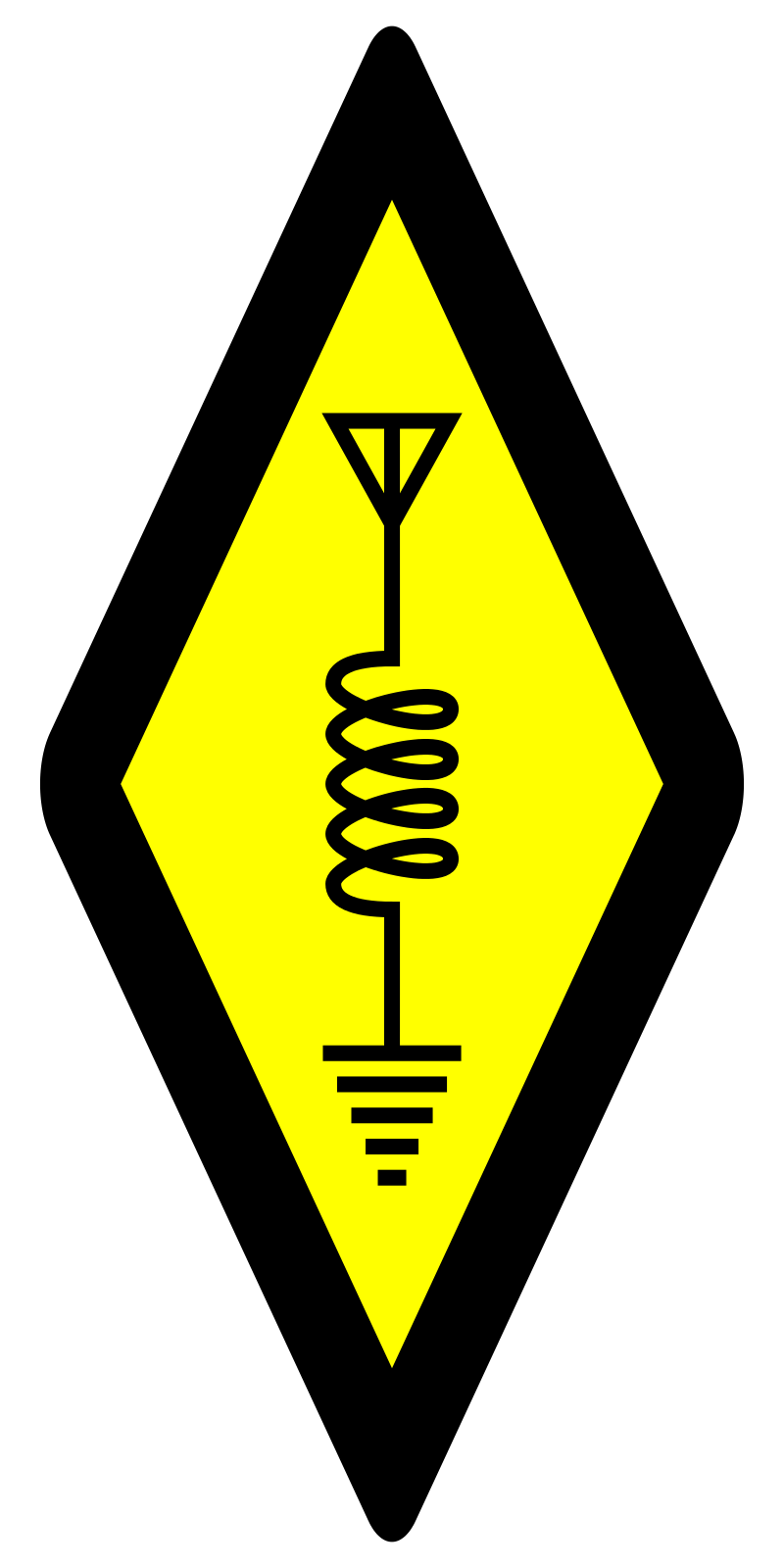So, I have a confession. I don’t know everything. Shocking right?
Over the past too many months, actually, come to think of it, years, I have not been on-air with my station on HF using FT8 or Olivia, modes that use tools like “WSJT-X” and “fldigi”. This has not always been the case. For a time I used a tiny computer running those tools. It had plenty of issues related to its size and capacity. Overwhelmingly it was slow, unsurprising since it was released in 2009. After one particularly frustrating session where I had to recompile WSJT-X on an older 32-bit operating system using an Atom processor, I decided that this was not helping me, and I put it away.
The idea was to use my main computer that could do all the heavy lifting without cracking a sweat. To make this happen the traditional way, I’d be expected to physically connect the radio to the computer. I’m not a fan of doing that, given the potential damage that RF could do to my computer, not to mention that I have a sit-stand desk on wheels that I move around my office as the mood or the light takes me, if you’re interested, I found a mobile lectern that the computer is clamped to. Works great, been using it for years.
RF aside, moving around the office is not conducive to plugging in a radio that comes with power, coax, audio, control, microphone and expects to have some space around it to actually use it. No problem, I have a RemoteRig, a device that comes in two parts. You connect one unit to the radio, the other to the head, that is, the removable faceplate of the radio, and using a network connection, you can have the head in one place and the radio in another. The two units don’t have to be in the same room, let alone the same country.
I figured that I could replace the second half of the system, the head and its unit, and instead use software on my computer to get the same functionality and be up and running in minutes. That was several years ago. Interestingly, whilst I’m putting this together I did a search for “RemoteRig protocols” and learnt a few things, so perhaps this path isn’t quite as dead as I feared. I’ve reached out to Mikael SM2O and if that comes to anything I’ll let you know.
In the meantime I’ve been trying to figure out how to operate my radio in software only. I can control the radio if I physically connect a computer like a Raspberry Pi to it and use “rigctld” to interact with it. This gives me access to all the standard CAT, or Computer Assisted Tuning commands. In other words, I can change band, mode, frequency, trigger the transmitter, all the stuff that you need to get on-air to make noise.
There’s only one bit missing, the noise, as-in audio, either coming from the radio, or going to it. I suppose I could trigger a carrier and use it to send Morse, but that doesn’t give me receive capability. I’ve tried using network audio using “pulseaudio” - it never worked right. I’ve made USB hot-plug scripts that allow you to connect a USB device into a computer and access it across the network on another computer - it mostly works for sound, but reliable is not a word I’d use. I’ve looked at using the USB sound card in the audio mixer on my desk, but it’s subject to all manner of funky restrictions and random audio dropouts. I could use a virtual screen and connect to a Raspberry Pi that’s physically connected to the radio, but that’s leaving all the hard work on the Pi, rather than the computer that I’m currently using with several orders of magnitude more capability.
Whilst we’re discussing this, one of the reasons I like the idea of a software defined radio like a PlutoSDR, is that the stuff coming out of the radio, and going into it for that matter, is already digital. It takes away a whole lot of complexity, admittedly replacing it with software, but that’s where I feel more comfortable.
Which brings me to you.
As I said, I don’t know everything.
What are you doing in this space? Are you actually on-air with your contraption, or is it still in the planning stages? Are you sending audio, or digital data across the network? Does your system have the ability to swap out a radio and replace it with something completely different? Do you rely on functions available on the radio, or could it be used for a 1950’s valve radio, a twenty year old one, a current model, or any number of software defined radios without issues? Finally, is it Open Source?
I confess that I’m not holding my breath for an answer, but there is a chance that you’re similarly intrigued by this collection of questions that you will poke your head above the fence and make yourself known.
I’m Onno VK6FLAB

